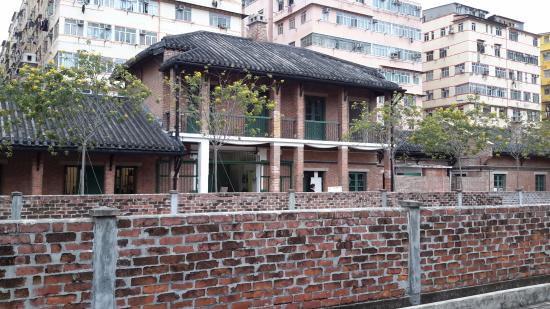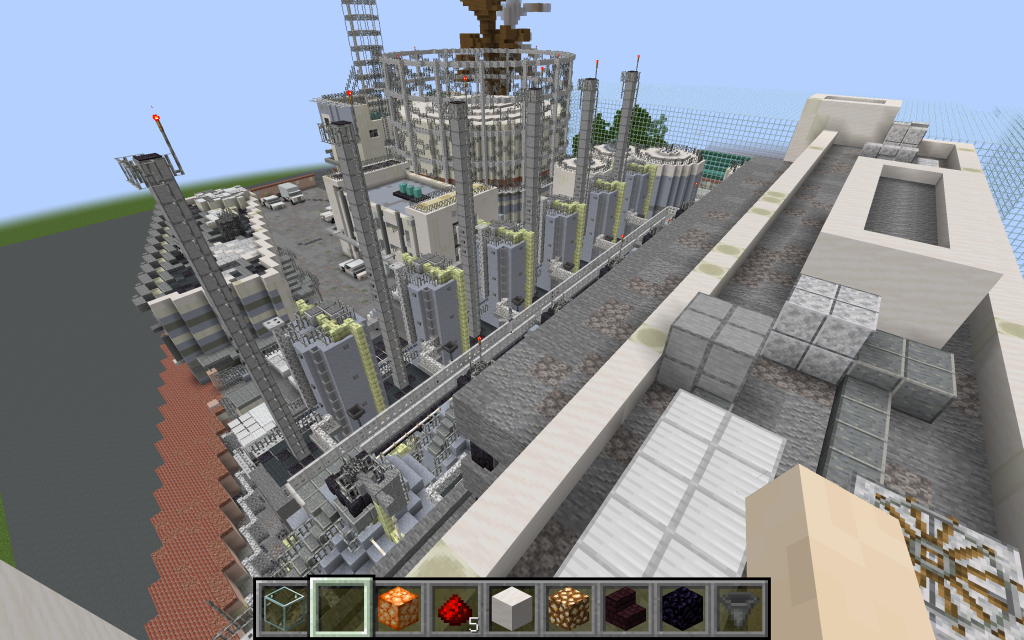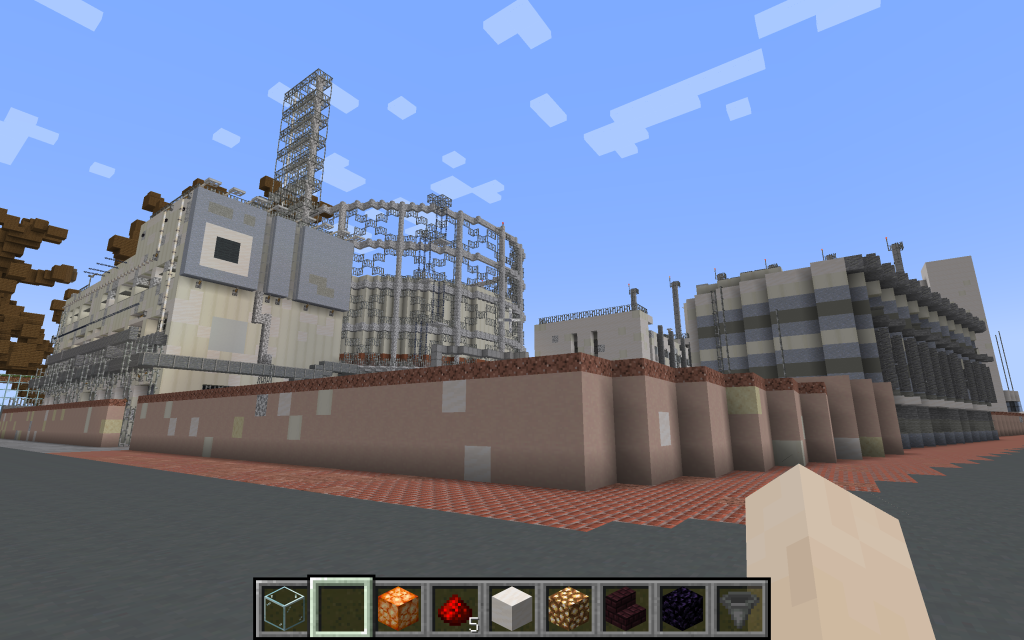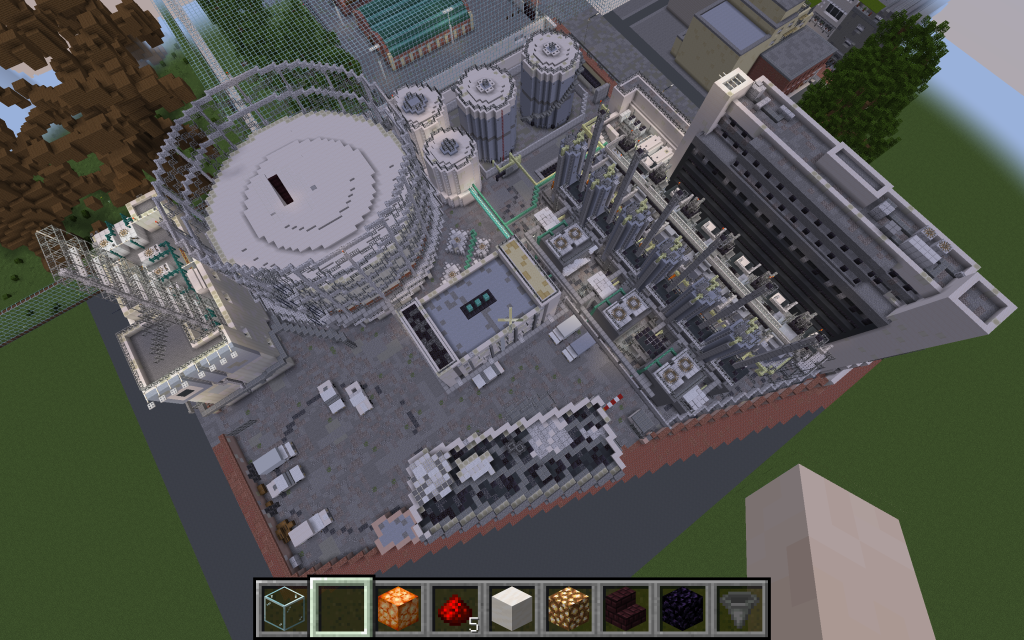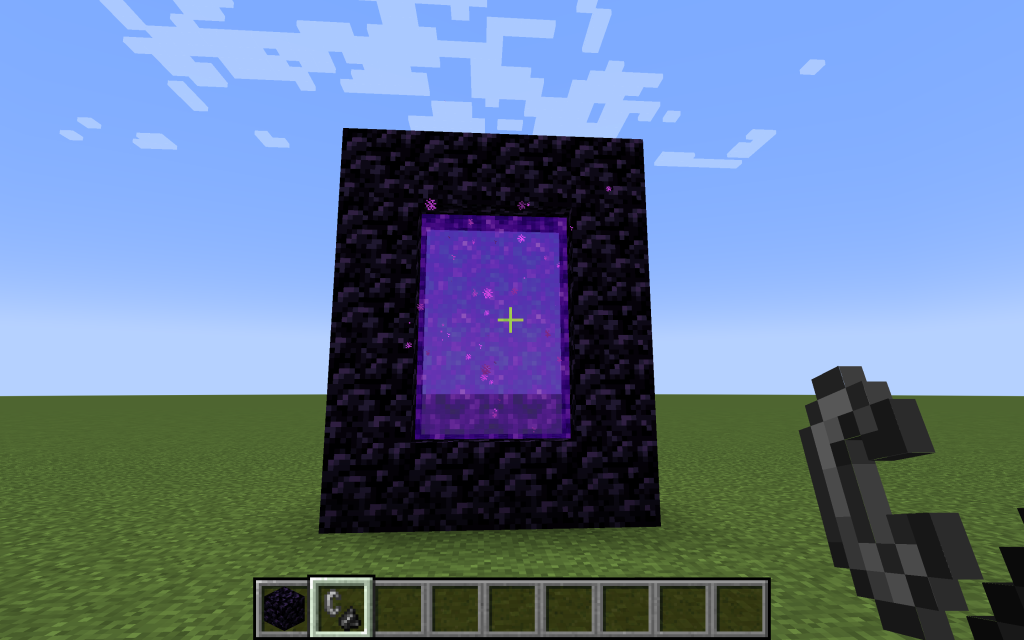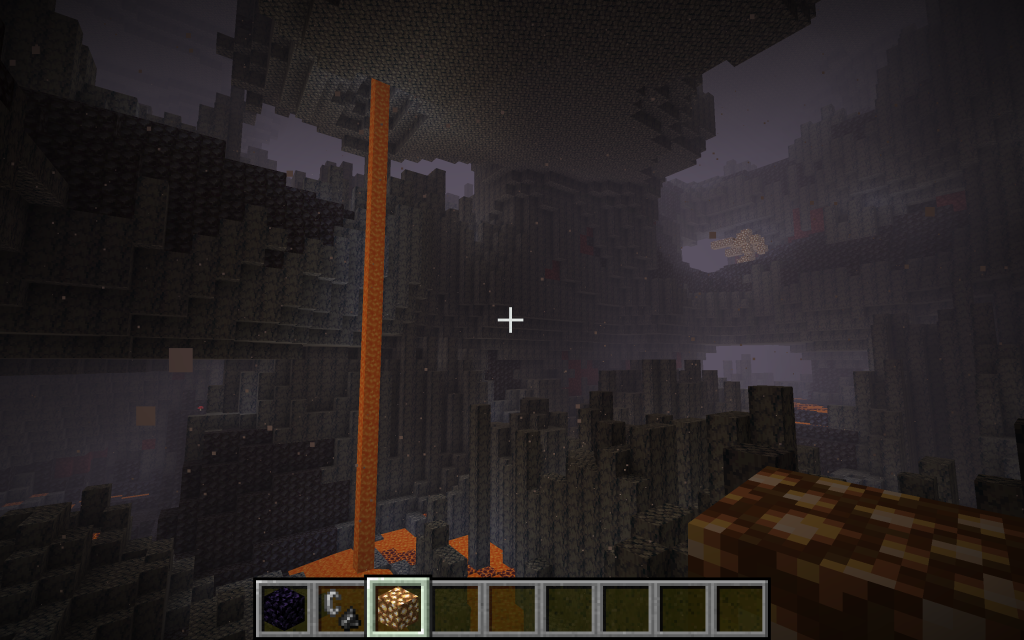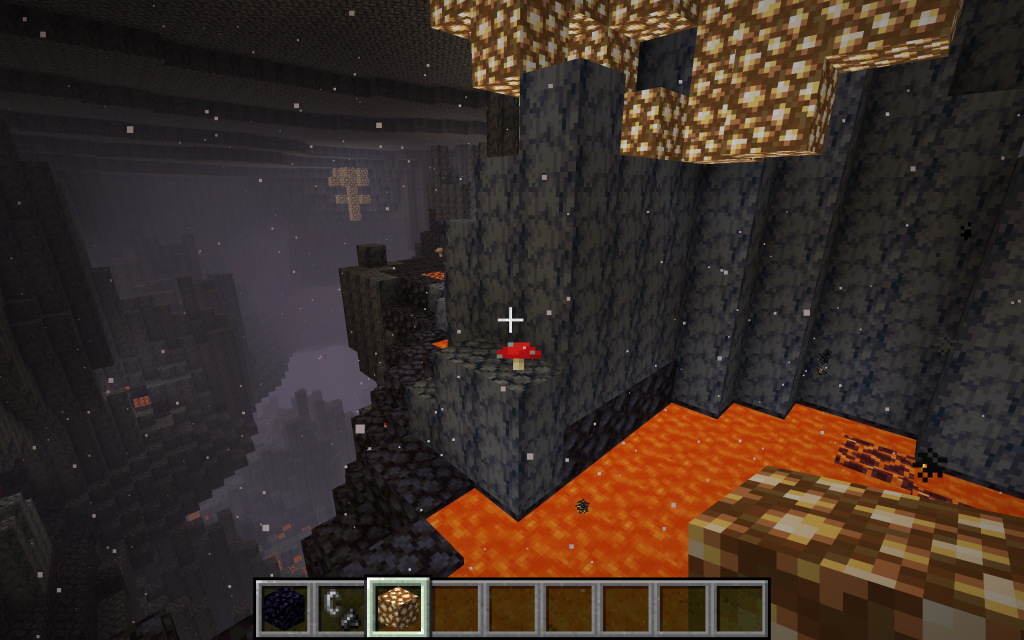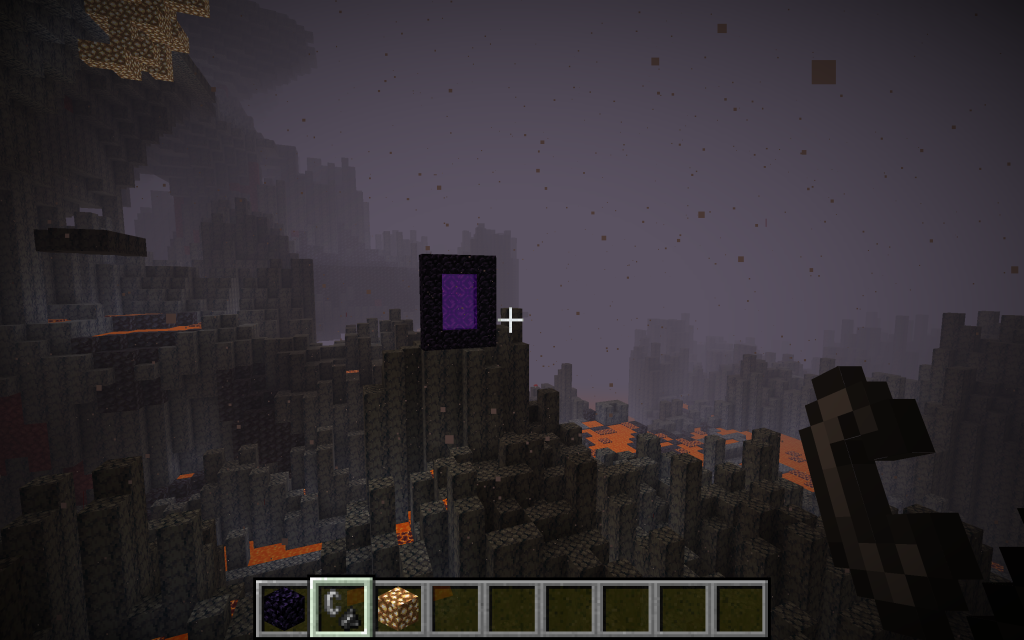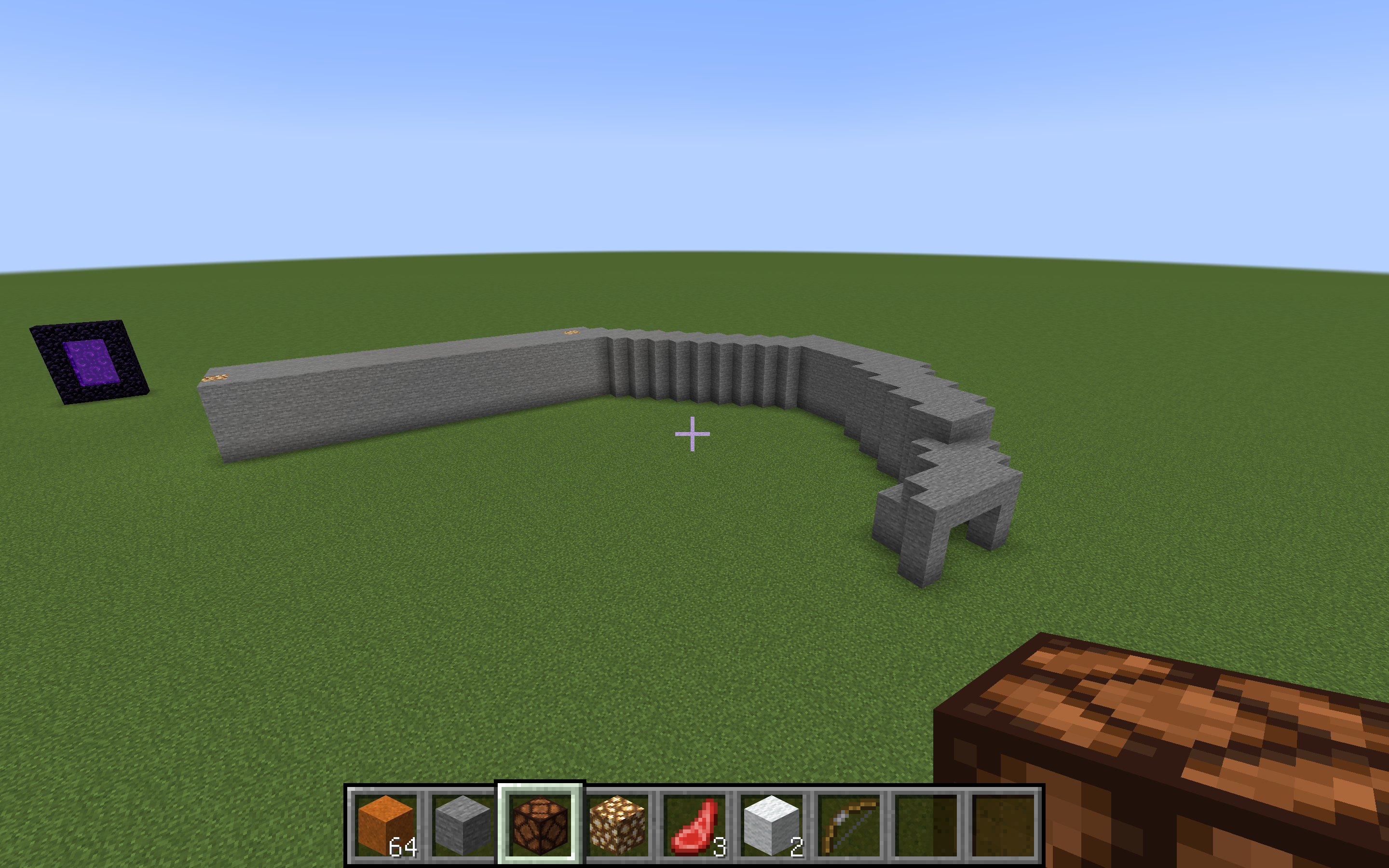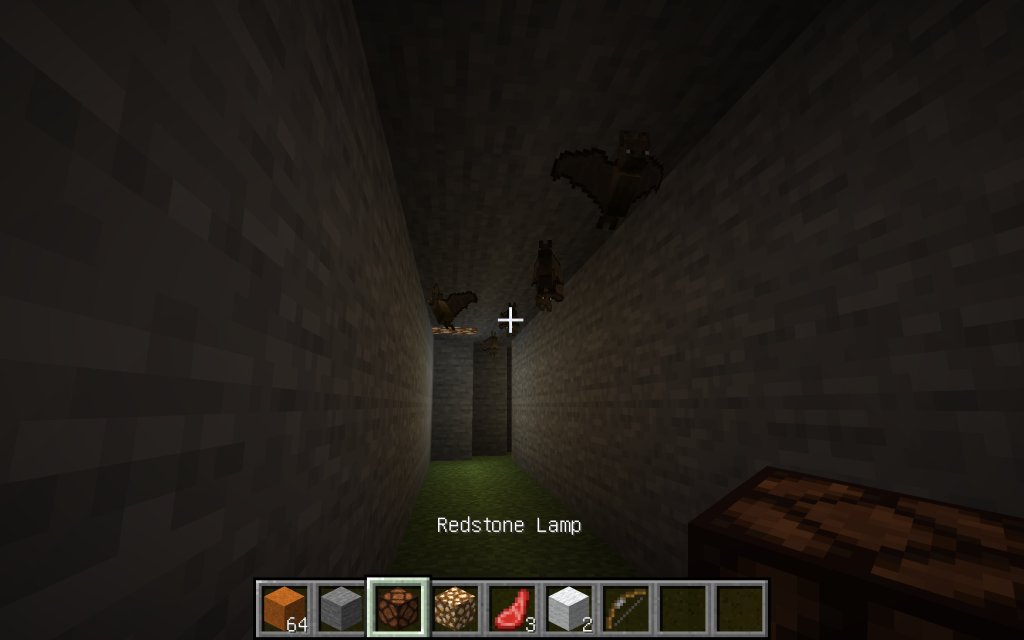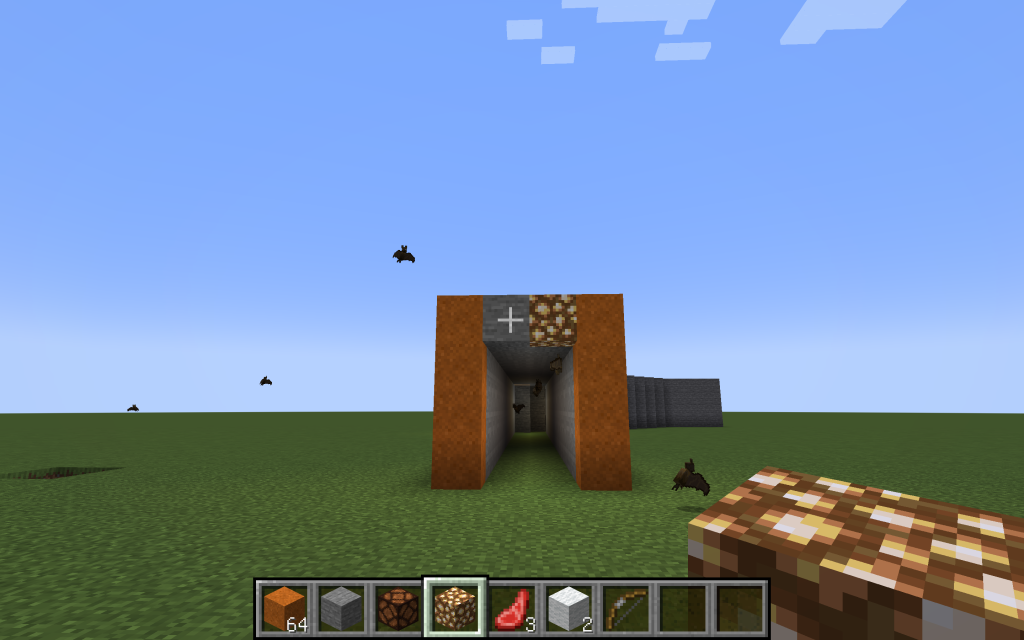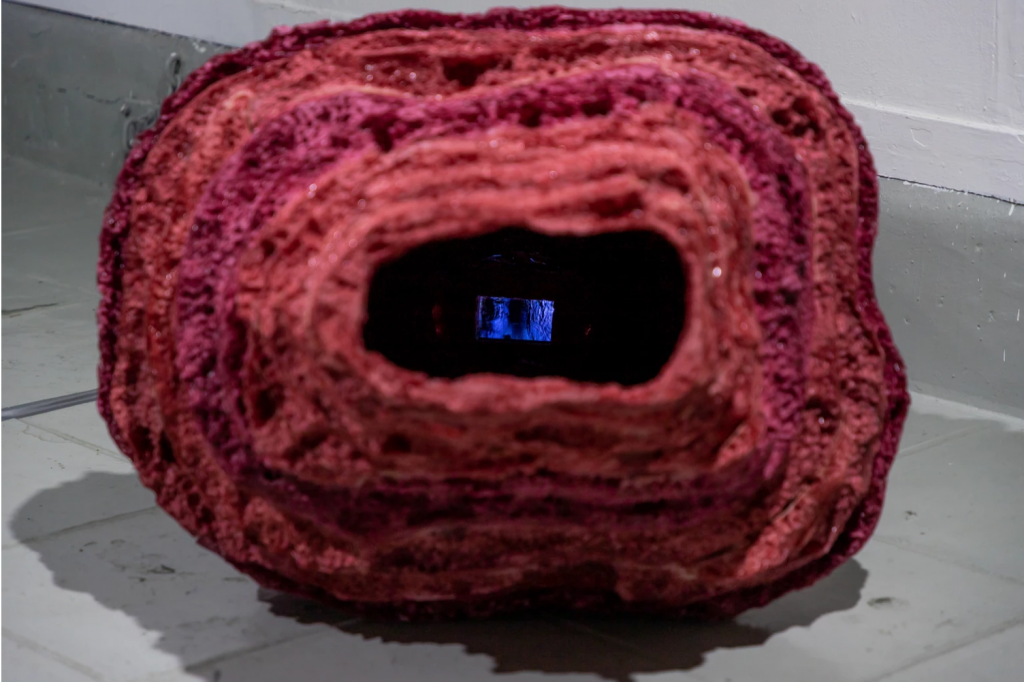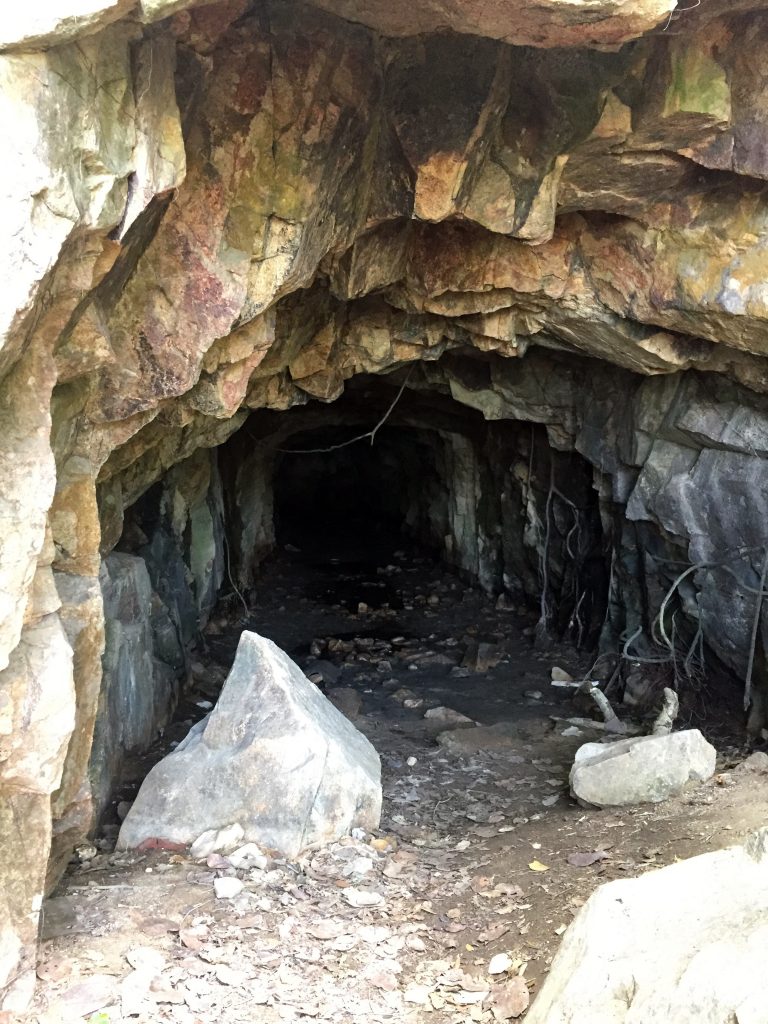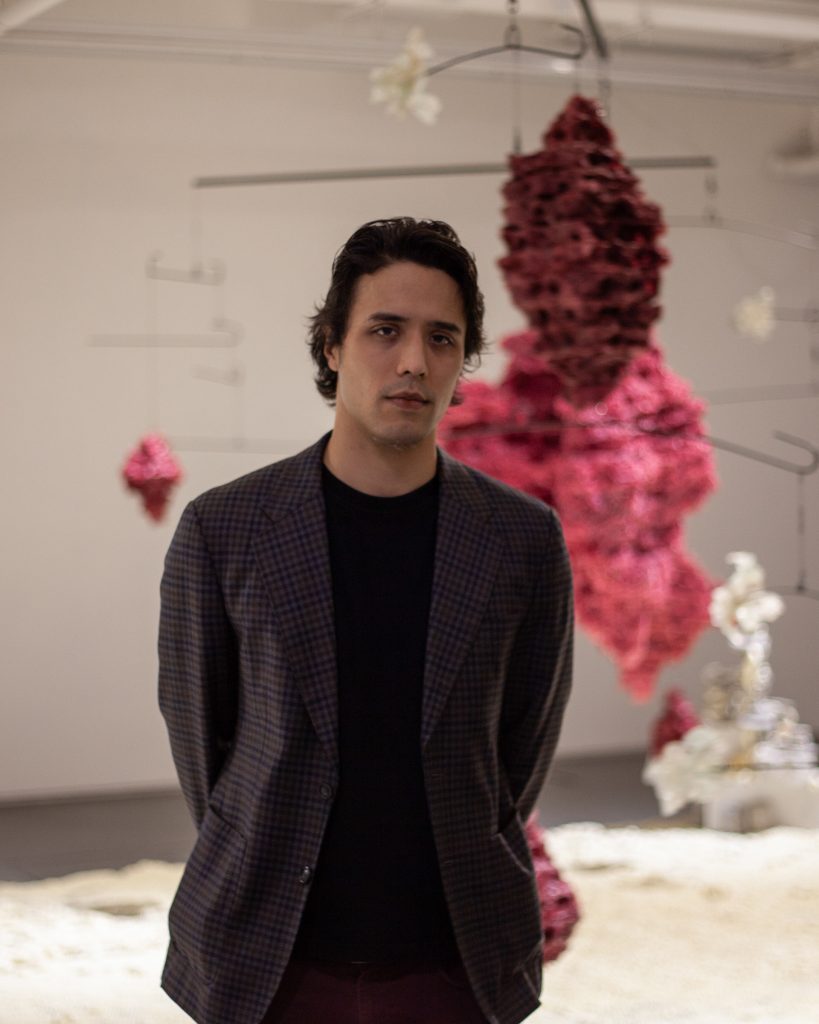
Hello,
I am Andrew Luk and welcome to my virtual studio. I am a sculptor and installation artist from Hong Kong who was trained as a painter, but has never painted since. I am mainly fascinated with history and how certain civilization-building mythologies and ideologies unknowingly transpire and are unwittingly express themselves, which has lead me into some very diverse territories of research. Often this means working with ideas surrounding preservation and entropy as well as working with the false binary between natural and the man-made.
During my time here I will be working on “Leave Your Body”, a virtual residency that takes place in the computer game Minecraft, with the Hong Kong based organization, Videotage. I expect this will be challenging as it involves learning about an entirely new reality with its own integrated aesthetic, parameters and limitations. Not only do I plan to update my know-how of video games and world building, but I plan to undertake a project that will explore my recent research about the subterranean as well as infrastructure and processes related to Hong Kong’s relationship with geology and resource extraction.
Please feel free to have a look around and please do not be shy; make yourself known. Comments and questions are encouraged.
Thank you very much for stopping in,
Andrew
